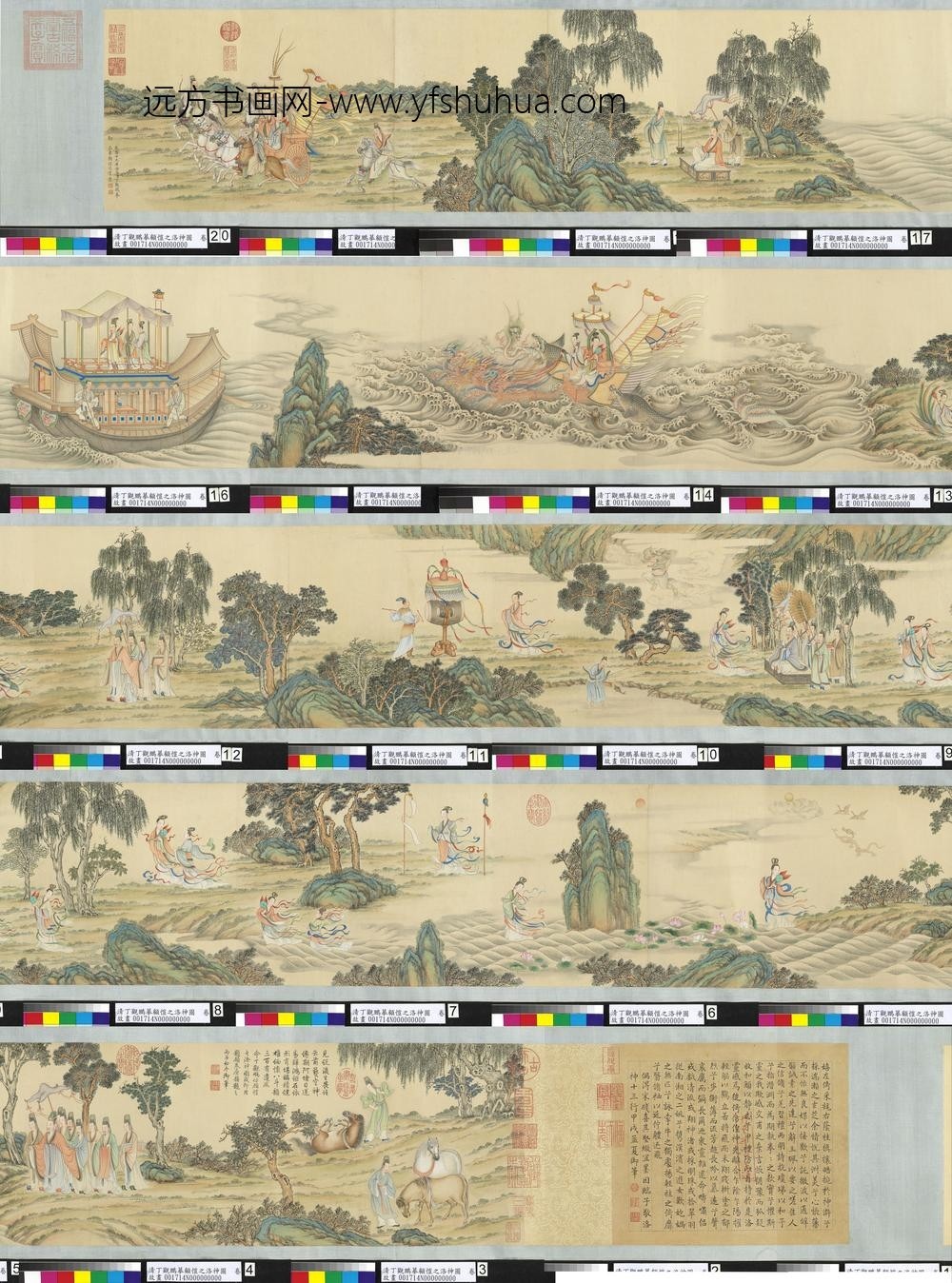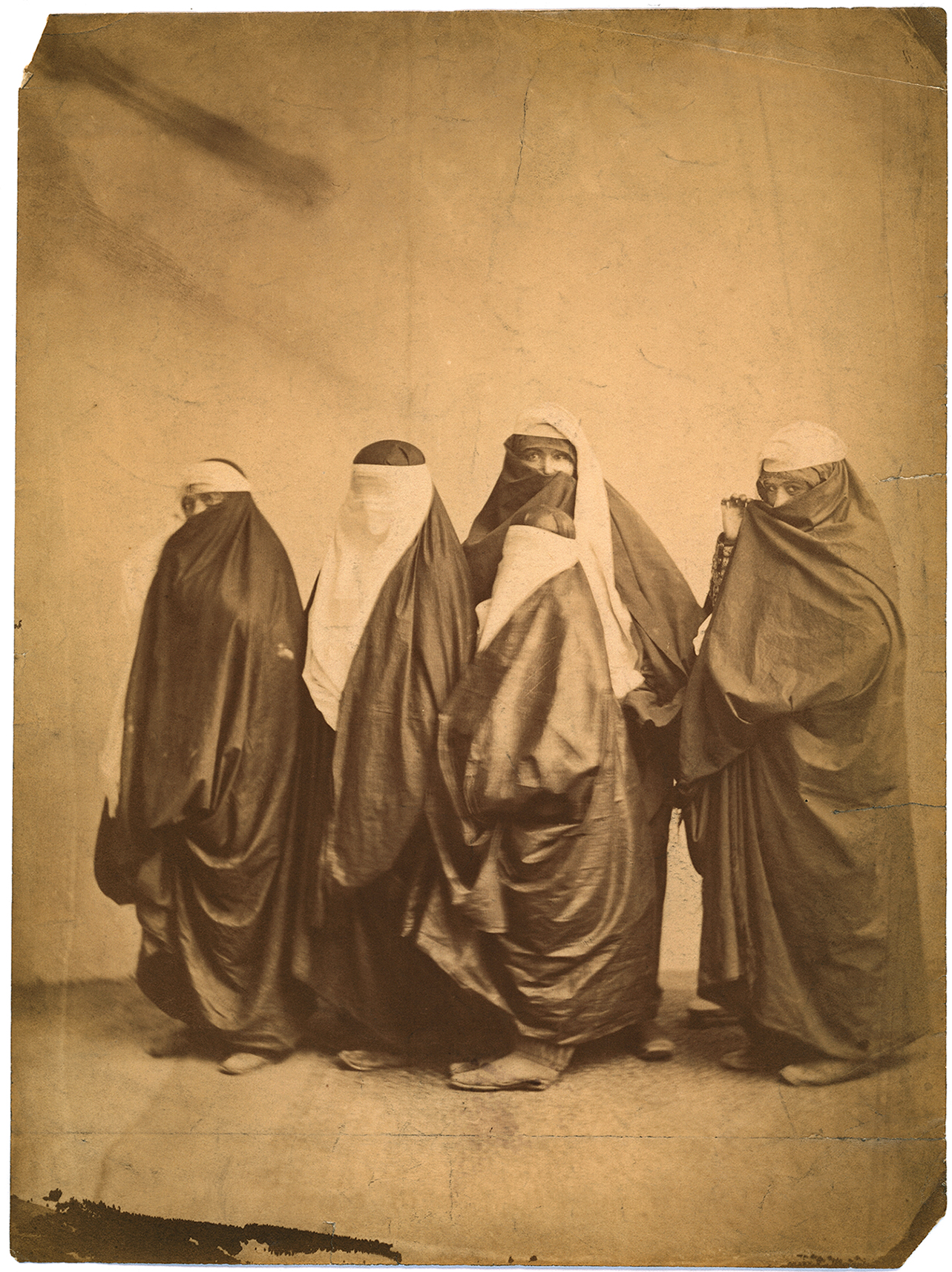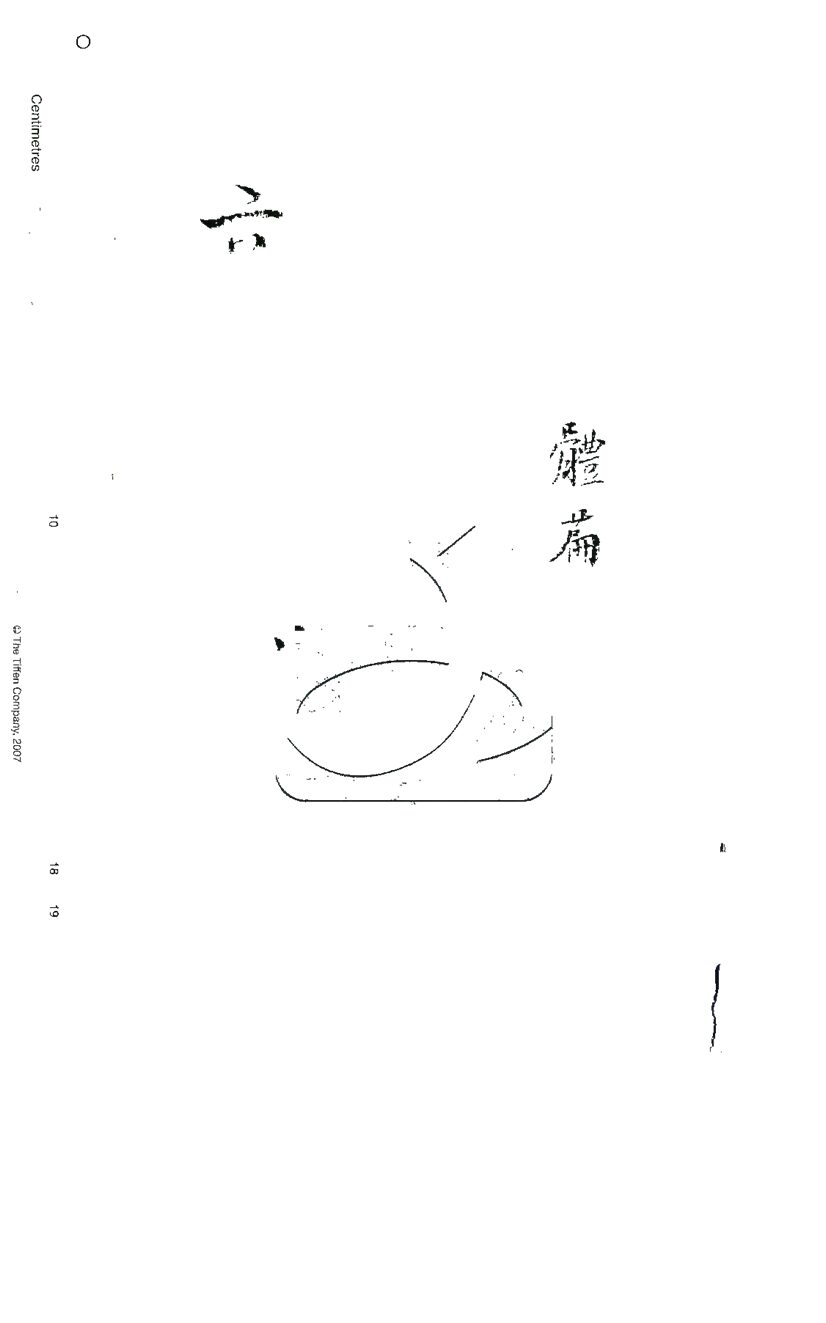【作品基本信息】
| 作者 | 丁观鹏 |
| 品名 | 摹顾恺之洛神图卷 |
| 朝代 | 清代 |
| 文件大小 | 221.52MB |
| 分辨率(DPI) | 72×72 |
| 像素大小 | 36995×1996 |
| 尺寸(CM) | 1305.1×70.41 |
| 创作时间 | 清高宗乾隆十九年(1754) |
| 作品数量 | 1 |
| 作品收藏 | 台北故宫博物院 |
基本数据
| 藏品类型 | 绘画 |
| 品名 |
清丁观鹏摹顾恺之洛神图 卷 Nymph of the Lo River |
| 分类 | 绘画 |
| 作者 | 丁观鹏;Ding Guanpeng |
| 创作时间 | 清高宗乾隆十九年(1754) |
| 数量 | 一卷 |
典藏尺寸
| 【位置】 | 【尺寸】(公分) |
| 本幅 | 28.1×587.5 |
| 隔水一 | 28.1×13.2 |
| 引首 | 28.1×33.1 |
| 隔水二 | 28.1×12.2 |
| 隔水三 | 28.1×14.6 |
质地
| 【质地位置】 | 【质地】 |
| 本幅 | 纸 |
臣观鹏、恭画
干、隆、几暇临池
乾隆宸翰、几暇临池
印记资料
| 【印记类别】 | 【印记】 |
| 鉴藏宝玺 | 淳化轩 |
| 鉴藏宝玺 | 淳化轩图书珍秘宝 |
| 鉴藏宝玺 | 五福五代堂古稀天子宝 |
| 鉴藏宝玺 | 嘉庆御览之宝 |
| 鉴藏宝玺 | 嘉庆鉴赏 |
| 鉴藏宝玺 | 石渠宝笈 |
| 鉴藏宝玺 | 三希堂精鉴玺 |
| 鉴藏宝玺 | 宜子孙 |
| 鉴藏宝玺 | 宝笈三编 |
| 鉴藏宝玺 | 宣统御览之宝 |
| 鉴藏宝玺 | 乾隆宸翰 |
| 鉴藏宝玺 | 信天主人 |
| 鉴藏宝玺 | 古希天子 |
| 鉴藏宝玺 | 寿 |
| 鉴藏宝玺 | 八征耄念之宝 |
| 鉴藏宝玺 | 乾隆御览之宝 |
| 鉴藏宝玺 | 乾隆鉴赏 |
主题
| 【主题类别】 | 【主题(第一层)】 | 【主题(第二层)】 | 【主题说明】 |
| 次要主题 | 人物 | 军士 | |
| 其他主题 | 器用 | 伞 | |
| 其他主题 | 翎毛 | 雁 | |
| 其他主题 | 树木 | 松 | |
| 其他主题 | 翎毛 | 鸾凤 | |
| 其他主题 | 走兽 | 龙 | |
| 其他主题 | 器用 | 兵器 | 弓 |
| 次要主题 | 佛道人物 | 鬼怪 | |
| 次要主题 | 车 | 兽力车 | |
| 其他主题 | 器用 | 扇 | |
| 其他主题 | 树木 | 杨柳 | |
| 次要主题 | 人物 | 圉人 | |
| 其他主题 | 器用 | 烛台.蜡烛 | |
| 其他主题 | 水中动植物 | 鱼 | |
| 次要主题 | 山水 | 云 | |
| 其他主题 | 器用 | 饮食器 | |
| 次要主题 | 人物 | 官员(臣) | 曹植 |
| 其他主题 | 祥瑞 | 独角兽 | |
| 其他主题 | 器用 | 花器 | |
| 其他主题 | 器用 | 乐器 | 鼓 |
| 其他主题 | 花草 | 莲荷 | |
| 其他主题 | 器用 | 家具(屏风) | 座椅 |
| 次要主题 | 人物 | 仕女 | |
| 其他主题 | 器用 | 耕织渔猎 | |
| 其他主题 | 走兽 | 马 | |
| 其他主题 | 器用 | 旗 | |
| 次要主题 | 船 | 客舫 | |
| 主要主题 | 经史‧故事 | 故事(洛神赋) | |
| 次要主题 | 山水 | 江河、湖海 | 江河 |
| 次要主题 | 人物 | 侍从(侍女、童仆) | 侍徒 |
| 次要主题 | 人物 | 高士(士人、隐士) | 高士 |
| 次要主题 | 佛道人物 | 神、仙 | 洛神 |
| 其他主题 | 祥瑞 | ||
| 次要主题 | 山水 |
技法
| 【技法】 | 【技法细目】 |
| 工笔 | |
| 皴法 | |
| 人物衣纹描法(匀称线条) | |
| 人物衣纹描法(粗细线条) |
参考数据
| 【类别】 | 【参考数据】 |
| 收藏着录 | 石渠宝笈三编(宁寿宫),第七册,页3461 |
| 收藏着录 | 故宫书画录(卷八),第四册,页50 |
| 收藏着录 | 故宫书画图录,第二十一册,页55-60 |
| 内容简介(中文) | 丁观鹏,顺天(今北京)人。他于雍正四年(一七二六)进入宫廷供职,颇受乾隆皇帝的器重,列为一等画画人。本卷虽说是摹本,与原卷比较,相同者是图随赋文的段落、人物神怪的造型与相关位置。然而,青绿山水画法,又用泥金勾勒,不但显示成熟的金碧山水画法,树木的造形与笔调,乃至于设色,已经是明代中期吴派画风。丁观鹏在当时受到西洋绘画的影响,本卷中采取光影与透视法即是。 |
| 内容简介(英文) | Ting Kuan-p’eng, a native of Peking, entered service as a court painter in 1726 and was admired by the Ch’ien-lung Emperor, being praised as “The Painter Among Painters.” Although this handscroll is labeled a copy, only the arrangement of image and text as well as forms and positions of the figures are similar to the original. The technique of the blue-and-green landscape painting and the use of gold for outlining reflect a mature gold-and-green landscape style post-dating the original. The forms and brushwork of the trees, as well as the coloring, also already reflect the Wu School style from the middle of the Ming (1368-1644). Ting Kuan-p’eng was influenced by Western styles, as seen here in the use of shading and perspective. |
| 参考书目 |
1.王耀庭,〈清丁观鹏摹顾恺之洛神图 卷〉,收入国立故宫博物院编辑委员会主编《文学名著与美术特展》(台北:国立故宫博物院,2001.10),页90、167-168。 2.林莉娜,〈丁观鹏摹顾恺之洛神图〉,收入冯明珠主编,《乾隆皇帝的文化事业》(台北:国立故宫博物院,2002年初版一刷),页116。 3.林莉娜,〈乾隆皇帝的文化大业 清丁观鹏摹顾恺之洛神图〉,《故宫文物月刊》,第236期(2002年11月),页12。 4.陈葆真,〈传世〈洛神赋〉故事画的表现类型与风格系谱〉,《故宫学术季刊》,第二十三卷第一期(2005年秋),页175-223。 5.石守谦,〈洛神赋图:一个传统的形塑与发展 〉,《国立台湾大学美术史研究集刊》,第23期(2007),页51-80。 6.郑淑方,〈西风回雪 长吟永慕—从丁观鹏〈摹顾恺之洛神图〉看经典图式的创新〉,《故宫文物月刊》,第346期(2012年01月),页4-18。 |
| 网页展示说明 |
丁观鹏(活动于1726-1770),顺天(今北京)人。雍正四年(1726)任职画院,工人物,擅道释像,山水界画工整细致,曾从郎世宁学画,深受西法影响,乾隆六年(1741)擢升为「一等画画人」。《清史稿》云:「画院盛于康、干两朝,以唐岱、郎世宁、张宗苍、金廷标、丁观鹏为最。」乾隆帝评丁观鹏「善临摹,兼工设色」。〈摹顾恺之洛神图〉卷,即丁观鹏临摹内府所藏古画的代表性佳作。 〈洛神图〉是以曹植(192-232)著名的爱情诗篇〈洛神赋〉为题材所创作的绘画作品。赋文内容描写黄初三年(222),曹植觐见魏文帝后,自洛阳启程,东归封地鄄城,途经洛水之时,邂逅洛水女神宓妃并与之相恋,互倾爱慕之情,惟人神道殊、终致别离。本幅依情节发展擘画场景如下:休憩、惊艳、嬉戏(采芝、桂旗)、众灵(戏流、翔渚、湘妃、游女)、彷徨、备驾(屏翳、川后、冯夷、女娲)、离去、怅归(泛舟、夜坐、东归);经比对叙事结构与景物关系,丁观鹏奉敕临摹的稿本应是北京故宫所藏〈传顾恺之洛神图〉卷。丁观鹏此卷虽是摹本,然山水造型已自朴拙稚趣的古典画样,转为成熟的金碧山水,且景物间的比例关系已趋精确;援以西洋明暗设色法与定点透视法,表现脸部五官、马匹体态与空间层次,营造合乎视觉经验的画面。 历代以〈洛神赋〉为文本的画作不计其数,清宫画院初试西法,以鲜明的时代性格,赋予摹本新意,乾隆御题赞:「见说后生畏,谁云前艺空。」以古典图式与传统母题,融合西方画技,正是清宫「摹古创新」的最佳范例。 (20120101) |
| 网页展示说明 | Ding Guanpeng (fl. 1726-1770), a native of Shuntian (modern Beijing), entered service in the Painting Academy at the Qing dynasty court under the Yongzheng Emperor in 1726. He excelled at figure painting and specialized in Buddhist and Taoist subjects, his landscapes with ruled-line motifs being orderly and meticulous. He once studied painting under the Italian Jesuit Giuseppe Castiglione (Lang Shining) and was strongly influenced by Western methods. In 1741, under the Qianlong Emperor, he was promoted to “Painter of the First Rank.” Draft of the Qing History also states, “The Painting Academy flourished in the Kangxi and Qianlong reigns, the best painters being Tang Dai, Lang Shining, Zhang Zongcang, Jin Tingbiao, and Ding Guanpeng.” The Qianlong Emperor also offered a critique of Ding as follows: “Ding Guanpeng excelled at copying and was also good at coloring.” And an excellent example representative of Ding Guanpeng’s work on display here is “Copy of Gu Kaizhi’s “Nymph of the Luo River,'” an imitation done after an ancient painting in the court collection. |
| 网页展示说明 |
“Stopping to Rest,” “Startling the Beauty,” “Enjoyments” (“Picking Fungi,” “Cassia Pennants”), “Multitude of Spirits” (“Enjoying the Current,” “Soaring over Banks,” “Xiang Concubines,” “River Maiden”), “The Hesitation,” “Preparing the Carriage” (“Wind Deity Pingyi,” “River Empress Chuanhou,” “River Deity Fengyi,” “Goddess Nuwa”), “The Departure,” and “The Sorrowful Return” (“On a Boat,” “Sitting at Night,” “Heading East”). Comparisons in terms of narrative structure and the relationship between figures and the landscape indicate that the original upon which Ding Guanpeng based this copy is most likely “Nymph of the Luo River” attributed to Gu Kaizhi (now in the Palace Museum, Beijing). Although this handscroll is purportedly a copy by Ding, the landscape forms are transformed from the simple archaism of ancient classical painting to a full-blown “blue-and-green” landscape with the proportional relationship between the figures and landscape motifs refined to become more accurate. Ding Guanpeng, with his training in Western methods of chiaroscuro and coloring as well as one-point perspective, rendered the facial features, bodies of the horses, and spatial layering to accord more closely with actual visual experience. Innumerable paintings based on the text in “Nymph of the Luo River” have been done over the ages. Here, the Painting Academy at the Qing court conducted a preliminary test of Western methods, using its bright period style to endow this copy with new meaning. In this regard, the Qianlong Emperor wrote the following words of praise: “It is said the younger generation surpasses the older, thus someone says it is because their achievements are based on the past.” The combination of a classical mode of representation and traditional motifs with Western painting techniques makes this painting one of the best examples of the Qing court’s effort at “modeling upon the ancients to create something new.” (E2-20120101) |
| 网页展示说明 |
丁観鹏(1726-1770に活动)、顺天(现在の北京)の人。雍正4年(1726)に画院に奉职、人物画に优れ、道教・仏画を得意とし、その山水界画は精巧细致なものでした。また、カスティリオーネ(郎世宁)に师事したことから、西洋画法の影响を强く受け、乾隆6年(1741)には「一等画画人」に抜擢されました。『清史稿』には、以下のような记述があります。「画院は康熙、乾隆両朝の时代に栄えた。唐岱、郎世宁、张宗苍、金廷标、丁観鹏がその最高峰である。」また、乾隆帝は丁観鹏について、「临模を善くし、着色画にも优れている。」と评したといいます。この度の展览会では、「摹顾恺之洛神図」を展示いたします。この作品は丁観鹏が临模した宫廷所蔵の古画を代表する佳作です。 「洛神図」は、曹植(192-232)の爱情を咏った著名な诗文「洛神赋」を题材にした絵画作品です。「洛神赋」の内容はおおよそ以下のようなものです。黄初3年(222)に曹植が魏文帝に朝见した后、洛阳から东の领地鄄城に帰る途中で、洛水(川)を渡っている时に洛水の女神宓妃に出会って恋に落ち、互いに思いを寄せるようになりましたが、住む世界の异なる二人は、结局别れ别れになってしまいました。「洛阳図」は物语の各场面ごとに分けて描かれています。休憩、惊艳、嬉戏(采芝、桂旗)、众灵 (戏流、翔渚、湘妃、游女)、彷徨、备驾(屏翳、川后、冯夷、女娲)、离去、怅帰(泛舟、夜坐、东帰)─これら物语の流れと景物の关わりを比べた结果、丁観鹏が临模した原本は北京故宫博物院所蔵の「伝顾恺之洛神図」だと考えられます。(J1-20120101) |
| 网页展示说明 |
丁観鹏による本作は模本とはいえ、山水の描き方が素朴で爱らしい画风から、成熟した金碧山水へと変化しているのが见て取れる上、景物间の比率も精确なものになりつつあります。また、西洋の阴影法と一点透视法によって、人物の颜のつくりや马の身体つき、空间の奥行きが表现されており、実际に目で见た场面と同じように描かれています。 これまで「洛神赋」を主题に描かれた絵画は数え切れないほどありますが、本作は清宫廷画院が初めて西洋画法を试みたという点で时代的な性格が强く、模本に新たな意味が付与されています。乾隆帝は御题で「后世畏るべし。前人の画芸を继ぐ者はいないなどと谁が言ったのだろう。」と赞えています。本作は古典的な絵画様式と伝统的なモチーフに西 【作品展示】 清_丁观鹏_摹顾恺之洛神图  清_丁观鹏_摹顾恺之洛神图_  清_丁观鹏_摹顾恺之洛神图_  清_丁观鹏_摹顾恺之洛神图_  清_丁观鹏_摹顾恺之洛神图_  清_丁观鹏_摹顾恺之洛神图_ 【下载地址】(支付后可显示下载链接,默认提供百度网盘下载链接) |




